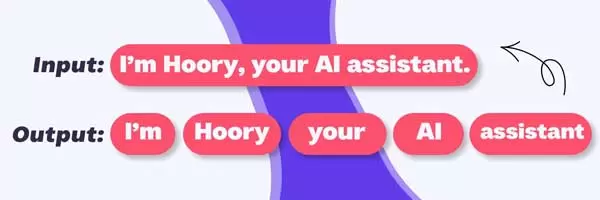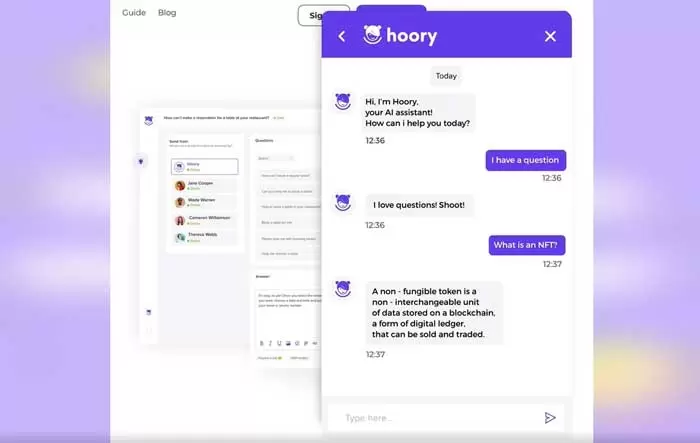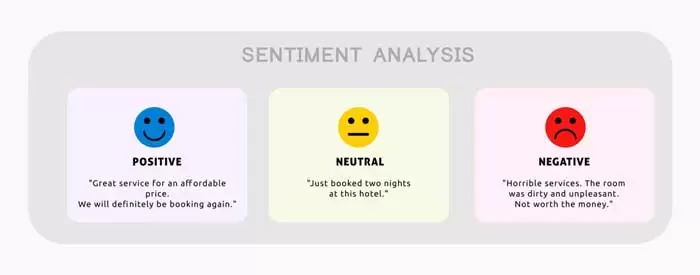What is NLP? Applications and upcoming challenges that you should know
Natural language processing (NLP) is one of the fastest-growing branches of artificial intelligence and is another sign of technological progress. NLP is what allows machines to understand and use human language to communicate with us.
Interestingly, NLP was derived from linguistics in the 1950s and has become a separate field with the advancement of technology. As a unique combination of artificial intelligence, computer science, and linguistics, natural language processing is a complex mechanism that still has a lot of room for growth.
Read on to learn more about NLP, how it works, its practical applications, and more.
What is NLP?
Before we start, let’s understand what NLP means. Natural Language Processing, which is often called NLP, is the interpretation and manipulation of human language by computers. Natural language or ordinary language is what we as humans use to communicate. And NLP is the process of training machines to understand that language.
Applications of natural language processing, as one of the fastest-growing subfields of machine learning, have expanded significantly in recent years.
Note: Do not confuse natural language processing with neuro-linguistic programming, because both have the same acronym but refer to two different concepts.
Comparison of NLP, NLU, and NLG
In order to get a more complete understanding of the NLP system, there are a few other acronyms that we should get familiar with:
- NLU or Natural Language Understanding performs syntactic and semantic analysis of text or speech to understand the meaning of the sentence and find relationships between words.
- NLG or Natural Language Generation generates human-like text to answer the given question.
- NLP (Natural Language Processing) combines the two into one concept. NLP enables machines to understand text or speech and formulate relevant responses.
In simpler terms, NLU is what allows machines to read, while NLG is what allows them to write. As such, they are an integral part of the NLP system. Both consider human language as a rule-based system consisting of morphology, vocabulary, syntax, and semantics.
How does natural language processing work?
Basically, NLP processes text or speech input and translates it into code that computers can read. If the command is given, the machines use speech recognition technology to convert the speech into written text, and so on.
There are a few basic NLP techniques that allow computers to decode plain text:
Tokenization – the text is divided into small units called tokens. That’s why the name of this technique is chosen like this. See the following example:

Rooting and Wording – This process removes derivatives and other grammatical forms of words to extract the root of the word. Like:
store, stores, store’s, stores’ → store
Part of speech tagging – POS tagging, also known as grammatical tagging, tags words with a specific part of speech (verb, noun, adverb, adjective, etc.).
Parse – This NLP task analyzes the grammatical structures of a sentence or phrase.
The NLP approaches described are based on a subfield of machine learning known as deep learning. It examines the latest data to identify patterns and correlations, thus mimicking how humans acquire new knowledge.
With deep learning, complex NLP algorithms such as sentiment analysis, topic modeling, automatic text summarization, etc. are created.
What is NLP used for?
We hope you have gained a better understanding of natural language processing by this point. But what is this technology used for? The real applications of NLP are quite diverse and are intertwined with our daily life. In the following, you will see some of the most common examples of NLP.
Virtual assistants
Virtual assistants based on artificial intelligence are one of the most widely used NLP programs. From voice-activated assistants like Siri and Alexa to artificial intelligence assistants on websites, these tools use NLP to conduct spoken interactions with users.
Hooray is another example of an AI-based assistant that analyzes user queries to identify the target and respond with a relevant answer to the question posed. In just a few seconds, it can give you general information about your favorite topic. See the following example:

machine translation
The translation is another task that becomes very easy with NLP techniques. If you’ve ever used Google Translate, DeepL, or any other automatic translator, you’ve probably seen how much this technology has advanced over the years.
Previously, translators used to translate a word in a certain language with its counterpart in another language. But with the advancement of NLP technology, machine translation tools have become more aware to provide more accurate translations. Computers use adaptive machine translation to learn from past corrections and translations instantly and improve the output.
Brand sentiment analysis
In human communication, every expression, no matter how serious or subtle, has a special feeling behind it. Recognizing and responding appropriately to emotions is inherently incomprehensible to computers. But sentiment analysis makes up for this deficiency.
Sentiment analysis or opinion mining classifies textual data into positive, negative, or neutral cells. Although this approach is oversimplified, it enables businesses to gain brand awareness on social media networks, customer feedback platforms, and elsewhere.

If your company is present in all channels, you will receive useful feedback from several sources. Not to mention, people may comment on your brand or products online without directly tagging your page. Analyzing the sentiment behind those reviews will help you determine if the general public is happy with your business.
Prediction text
It’s been a long time since T9’s predictive text. We are used to our phones automatically completing the words we want just by typing a few letters. And we owe this to natural language processing. Autocorrect, autocompletion, and predictive text are practical applications of NLP that become more accurate with more data.
Algorithms can provide us with personalized suggestions based on our individual typing habits. They record words and phrases that you commonly use to make suggestions in recurring scenarios.
Challenges of NLP
Natural language with all its complexities and nuances is challenging for humans and even more so for computers. The scientific branch of NLP has been available for over half a century and still has a long way to go. Currently, NLP is facing many problems, which we will discuss further.
Lack of accuracy
The way humans form their thoughts is not always simple and completely aligned with grammatical rules. We often omit words or phrases, give vague commands, use slang and dialect, etc. . . Spoken language adds another layer of complexity; Because we don’t always say every single word.
As you can imagine, any deviation from the norm when a machine tries to process information causes misunderstanding. The solution to this is larger data sets, checking the data in the database or Data Profiling, and more time.
Language evolution
The Elizabethan English in which Shakespeare wrote may seem strange to an English speaker today. Language in its nature is always evolving and never static. The term “natural language processing” did not mean much in the Middle Ages, when the invention of mechanical clocks was as much a technological advance.
As the world around us is constantly changing, so is the language we use to describe it. Words, meanings, phrases, and even the structure of sentences may lose their connection over time, and this makes computers unable to stay up-to-date all the time.
Different soundtracks
Similar words can have two different meanings depending on the context and tone. For example, “Great job!” Generally a positive affirmation, but when used sarcastically it can indicate the opposite.
Since machines have not yet mastered sarcasm, humor, sarcasm and other tones of voice, usually when they process sentences and phrases based on their appearance, they misrecognize the real meanings of words. Subtle changes in tone and emotion are difficult to explain through NLP techniques, so maybe we should just forgive ourselves when the computer doesn’t understand our funny jokes!
Natural language processing does not stop here
This post covers all the natural language processing knowledge needs from what NLP means to NLP techniques and where they are used. Natural language processing (NLP) allows machines to understand and respond to normal human language.
Thanks to advanced machine learning methods, NLP continues to develop further and its applications are increasing day by day both in business and in everyday life. In fact, this technology has enabled virtual and voice assistants, machine translation, predictive text, automatic correction, and many other things.











